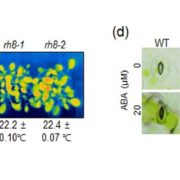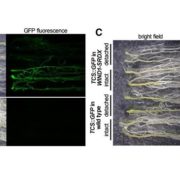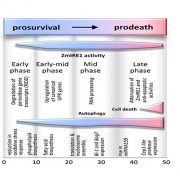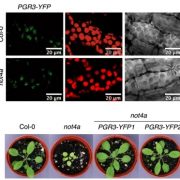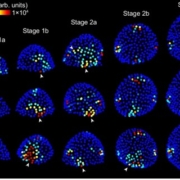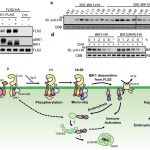Review: The bHLH network underlying plant shade-avoidance (Physiol. Plant.)
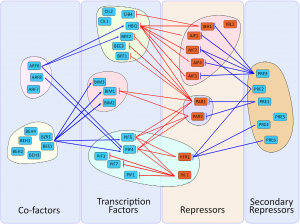 Shade avoidance is a complex phenomenon in which plants avoid shade by altering their developmental program in various ways including early flowering, hypocotyl elongation, and more. Many photoreceptors and transcription factors (TFs) are involved in regulating shade avoidance, including the bHLH (basic helix loop helix) TF family that comprises about 160 members in Arabidopsis. In this review, Buti et al. highlight the contributions of bHLH proteins during shade conditions. They focus on PIF (Phytochrome interacting factors), BEE (Brassinosteroid enhanced expression), BIM (BES1-interacting MIC-1), PAR (Phytochrome-rapidly regulated), and AIF (ATBS1 interacting factor) subfamilies (and they include a helpful table that lists the subfamilies, bHLH name, gene name, and which other proteins each interacts with). Studies have shown that members of the bHLH family either directly bind DNA or indirectly bind DNA by associating with other bHLH family members or other cofactors to regulate downstream gene expression. The authors also describe the role of photoreceptors in controlling the activity of bHLH sub-families during shade conditions. This review will be a great resource for understanding gene regulation during different light conditions. (Summary by Sunita Pathak @psunita980) Physiologia Plantarum 10.1111/ppl.13074
Shade avoidance is a complex phenomenon in which plants avoid shade by altering their developmental program in various ways including early flowering, hypocotyl elongation, and more. Many photoreceptors and transcription factors (TFs) are involved in regulating shade avoidance, including the bHLH (basic helix loop helix) TF family that comprises about 160 members in Arabidopsis. In this review, Buti et al. highlight the contributions of bHLH proteins during shade conditions. They focus on PIF (Phytochrome interacting factors), BEE (Brassinosteroid enhanced expression), BIM (BES1-interacting MIC-1), PAR (Phytochrome-rapidly regulated), and AIF (ATBS1 interacting factor) subfamilies (and they include a helpful table that lists the subfamilies, bHLH name, gene name, and which other proteins each interacts with). Studies have shown that members of the bHLH family either directly bind DNA or indirectly bind DNA by associating with other bHLH family members or other cofactors to regulate downstream gene expression. The authors also describe the role of photoreceptors in controlling the activity of bHLH sub-families during shade conditions. This review will be a great resource for understanding gene regulation during different light conditions. (Summary by Sunita Pathak @psunita980) Physiologia Plantarum 10.1111/ppl.13074
[altmetric doi=”10.1111/ppl.13074″ details=”right” float=”right”]


